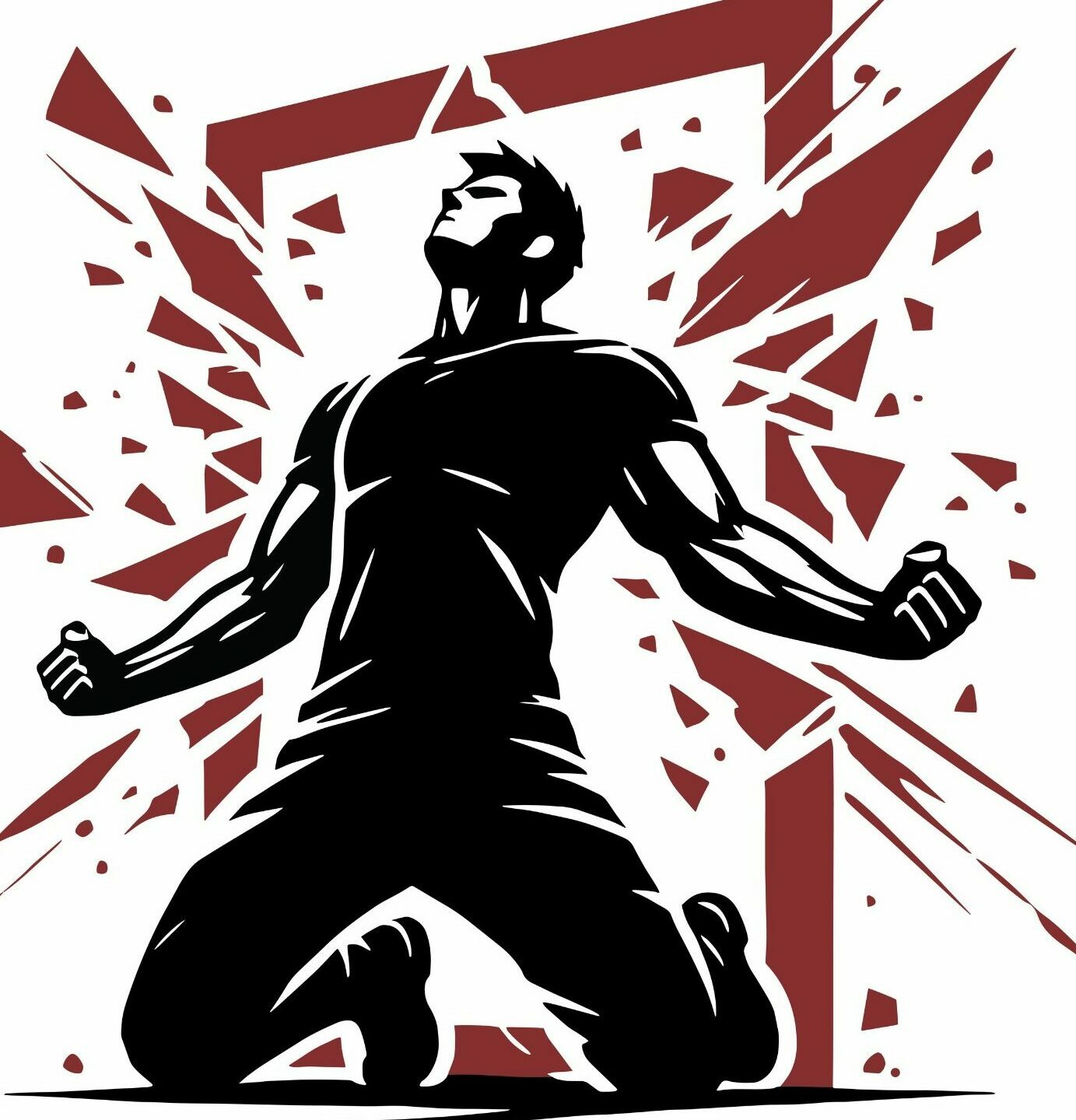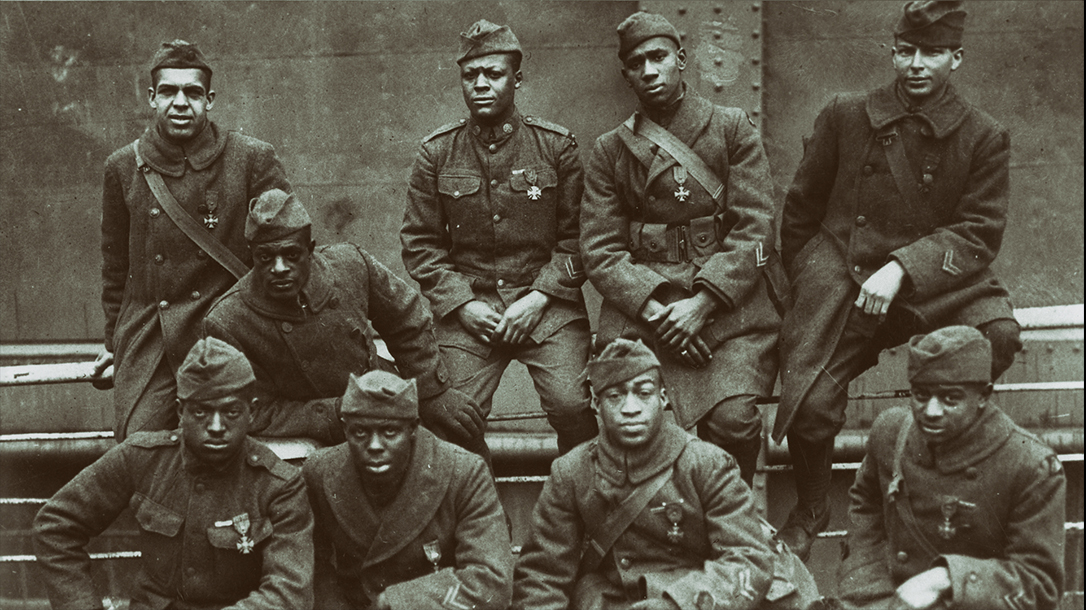Across the Atlantic
WWI was the first global war that involved numerous countries and cost an estimated 9 million service members’ lives (Storey, 2014). The high casualty rate was due to the advancement of new lethal instruments of destruction, such as tanks, the introduction to biological warfare, and long-range artillery (Harris, 2002). Young men on both sides spent their days cowering in dark, water-filled trenches until one of the thousands of enemy shells finally found its mark. No country in the world had ever experienced this type of warfare.
After much hesitation, the U.S. joined the fight in Europe in 1917. African American men were the first volunteers to raise their hands. After a week, the War Department had to decline them because black volunteers had filled the given quotas (Harris, 2002). As much as military recruiters discriminated against black volunteers, the draft board decided to reverse its biased policies. Instead of turning them away, the draft boards (comprised entirely of white men) were doing all they could to ensure that black draftees became eligible for service, especially the southern councils; one Georgian county excused over forty-five percent of their white registrants and exempted only three percent of the eligible black draftees (Bryan, 2003). Although they kept their units segregated, the Army was more progressive than the rest of the uniformed services. They allowed African Americans to serve in the cavalry, infantry, transportation corps, and the medical branch. The U.S. Marines refused to accept their service while the Coast Guard and the Navy only recruited black men for cooking and cleaning (Nelson, 2009).
Henry Johnson
Desperate for reinforcements, France beseeched the U.S. for supplemental troops. General John Pershing, the American Expeditionary Force commander, sent them infantry regiments from the 93d Division, an African American unit. These American troops, led by white officers, received a warm welcome and quickly assimilated into their new environment; the French forces armed, equipped and, best of all, treated them well (Sammons & Marrow, 2014). After numerous battles together, a few black Soldiers began to stand out as their heroic actions helped turn the tide in multiple skirmishes, most notable from the 369th Infantry Regiment, the Harlem Hellfighters (Nelson, 2009).
For example, Private Henry Johnson helped a wounded comrade, Private Needham Roberts, escape capture by fighting off a German patrol. He killed four enemy troops with only an empty rifle and a knife; Johnson “swung his rifle like a club and kept them at bay until the stock of his rifle splintered” (King, 2011). In turn, Johnson received numerous wounds, including three gunshots and bayonet lacerations (Harris, 2002). Both men survived the night. For his heroic actions, he received France’s highest award for gallantry, the Croix de Guerre, for his sacrifice and bravery. Sadly, at the time, his government never formally recognized his actions. Now a sergeant, Johnson left the war with a splendid record but returned home to a country that still despised him. He received no benefits nor any American awards until near the end of the 20th Century.
In 1996, Sergeant Johnson, who died in 1929, received the coveted Purple Heart for the injuries he sustained in 1918 (Goldenberg, 2020). Although France awarded him the Croix de Guerre, it would take a decades-long campaign to for the US to recognize his deeds on the battlefields in Europe. Finally, in 2015, almost a century after the end of the war, President Barack Obama awarded Johnson American’s highest wartime award, the Medal of Honor (Goldenberg, 2020). Recently, an independent commission recommended that Fort Polk, named after Lieutenant-General Leonidas Polk, be renamed Fort Johnson.
Although Johnson finally received the recognition he deserved, thousands of other African American men who fought with him in France remain anonymous because their country refused to recognize them as the heroes they were.



